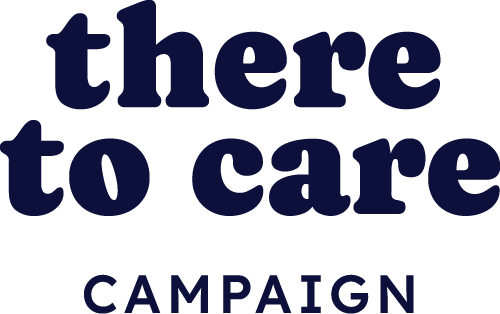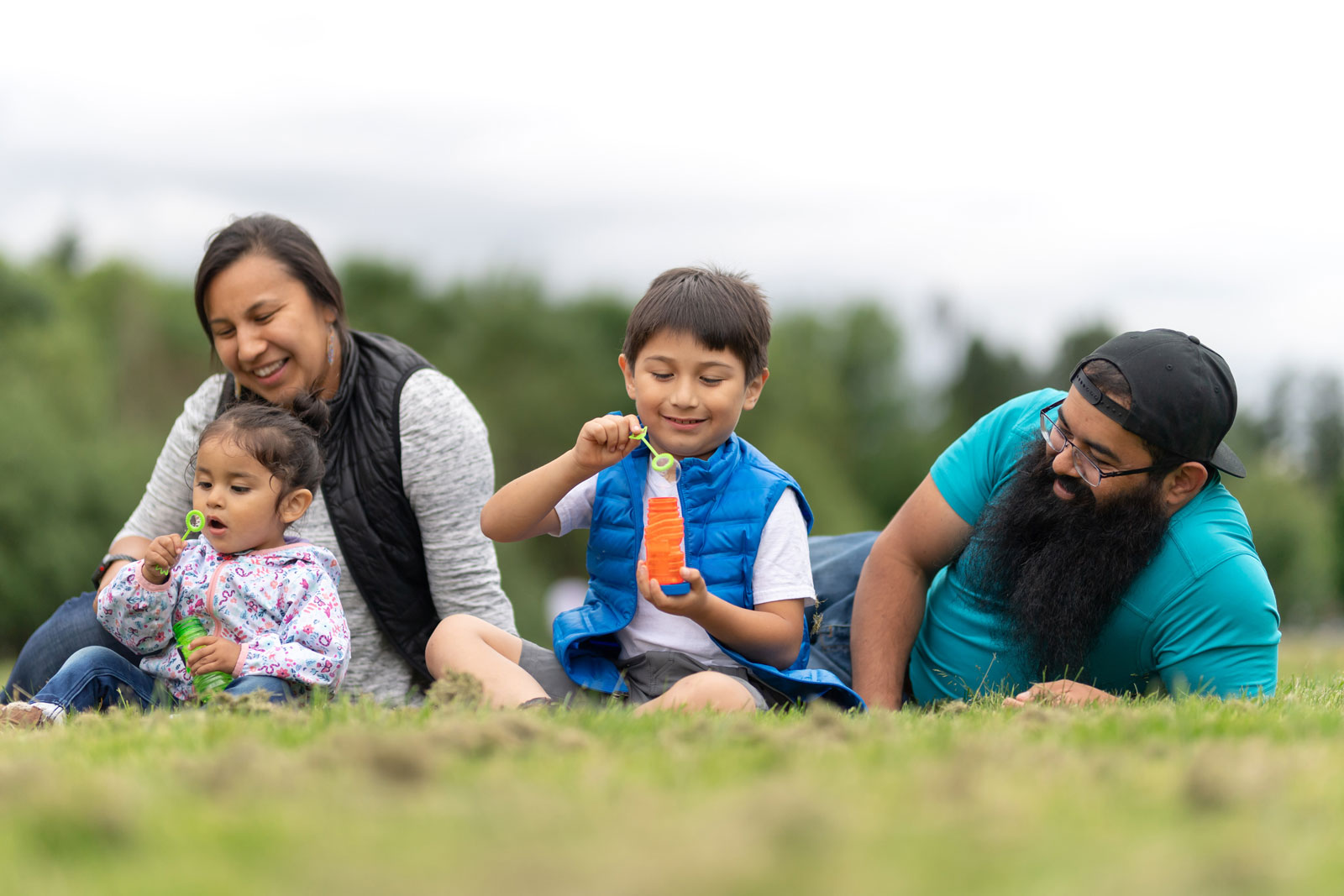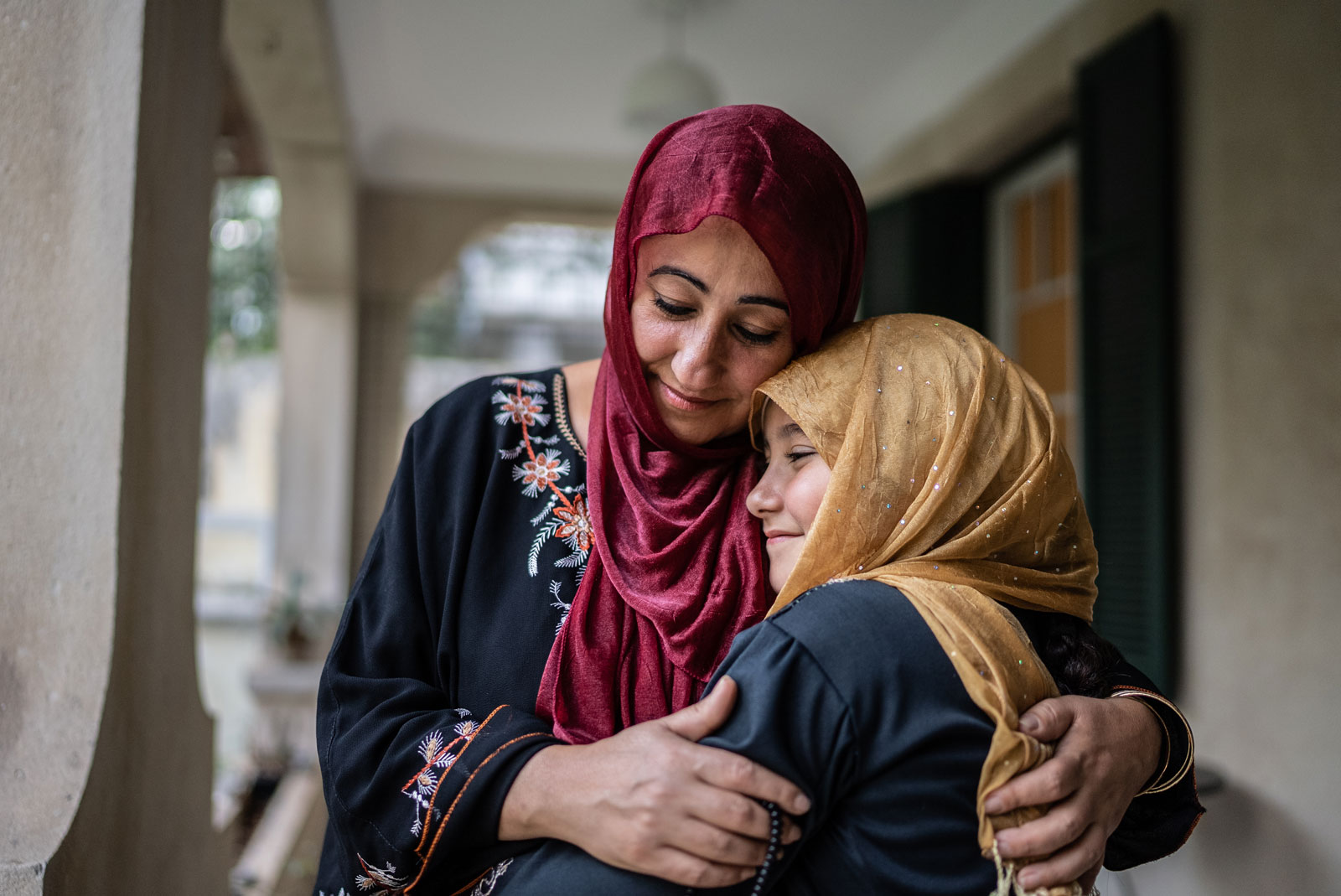
We foster to support the safety and well‑being of children, youth, and families in our communities.
That’s how we’re there to care.
FAQs
Foster care provides children and youth with an alternate family setting during a time of crisis. Children may need foster care for just a few days, a week, several months, or possibly even years. During that time, foster caregivers provide stability and a caring home to support the needs of children and youth. In most situations children placed in foster care are reunified with their parents, families, and communities. In other situations, foster care can be longer term, including until children and youth transition from care or to other permanency options.
As a foster caregiver, you are not alone. You are part of a team that supports children and youth, including their families, extended families and communities, child welfare professionals, and community organizations that work together to ensure their safety and well-being and to support their plan of care. Your own needs will also be supported by a child welfare professional during your fostering journey.
The timeframe to become a foster caregiver can vary. The training process takes at least a few months. The timing of the home study process varies but can take a few months to half a year or more. Having time helps caregivers prepare and transition into their new role.
No. Foster caregivers are diverse. They are single people and couples. They might be family or community members who work together to provide a home, including adult siblings or multi-generational caregivers. Foster caregivers reflect diverse identities and cultures. When foster caregivers come from similar backgrounds to the children and youth they are caring for, they are well-positioned to provide informed, culturally appropriate, identity-affirming care.
Compensation for foster caregivers varies. The level of financial support that foster caregivers receive may relate to the needs of the child or youth placed in the home and the experience of the caregiver. For example, care for a medically fragile child may result in a specialized (i.e., higher) rate. Child welfare agencies review their rates regularly and adjust for factors such as cost of living. Child welfare agencies also provide other aspects of compensation, including mileage and training reimbursement, for example.
Fostering should not be considered a route to adoption, as the goal of fostering is different—to support family reunification. Over the last five years, the number of adoptions of young people in the child welfare system has steadily decreased because the child welfare sector has been focused on supporting children and youth to remain safely in their families and communities.
Children and youth needing adoptive families outside of their families are often older, sibling groups, have experienced trauma, and may have complex medical needs. The goal is always to ensure caregivers reflect racial, cultural, religious, and identity considerations. Foster caregivers may put forward an adoption plan for a child or youth if reunification efforts have been exhausted.
To learn more about the adoption process in Ontario, visit the Central Adoption Intake Service via the Adoption Council of Ontario at www.adoption.on.ca.
Foster caregivers provide essential support in maintaining connections for children and youth with parents, along with extended family and community members, while they are in care. Coming into foster care is a risk to children and youth’s safety and well-being due to the separation they can experience. Foster caregivers play a valuable role in supporting children, youth, and families during challenging times. Foster caregivers often begin to get to know families by taking children and youth to visits, collaborating during planning meetings, and supporting transition plans.
Foster care is when children and youth are placed in licensed family-based placements with people they don’t know. Kinship care is similar, but in these situations children and youth are being placed with biologically related kin, members of cultural communities, or individuals with other social, emotional, or community connections, such as teachers, coaches, or neighbours. Finally, customary care refers to placements where the care of a First Nation, Inuk, or Métis (FNIM) child or youth is provided by someone who is not their parent and follows the customs and traditions of their FNIM community or band.
The Purpose
Ontario foster caregivers play a critical role in their communities.
Foster caregivers do more than just support children and youth.
Finding a home that matches the unique identities and needs of children and youth is critical.
The Need

Children and youth do better when they are placed in homes that are uniquely matched and connected to their families, communities, identities, and cultures.
Child welfare agencies try their best to match foster caregivers with the identities of the children and youth and their communities, by accounting for race, ethnicity, language, religion, sexual orientation, and/or gender identity.

There is a special need for foster homes that are inclusive and identity affirming.
A recent survey of child welfare agencies in Ontario indicated a need for more caregivers who are First Nations, Inuit, or Métis, Black or African Canadian, 2SLGBTQ+, or Muslim, to match the unique identity needs of children and youth who hold similar identities. All foster caregivers must commit to equitable, inclusive caregiving and complete related training.

There is also a special need for foster homes that can support teenagers, siblings, and those with complex needs.
A recent survey of child welfare agencies in Ontario showed that 97% of agencies are having difficulty placing teenagers aged 13-18. Child welfare agencies are also facing challenges finding placements for sibling groups, as well as children and youth with complex needs. Ongoing support and development are provided to caregivers to meet placement needs.
The Impact
Hear directly from Ontario foster caregivers about how the fostering experience has enriched their lives, and the lives of the children, youth, and families they have supported.
“It’s just a matter of having a lot of love, and compassion, and empathy, and understanding. I think that goes a long way with the children that come into care. Being able to see not only the children thriving but to be able to watch everybody come together to help the families, mom and dad and extended family as well, is really rewarding.”
— Serenity, Thunder Bay
“You’re making memories, and those memories are going to stay with that child… And their families will remember the love and support you’ve given them. I think it’s important for the community to be aware that there is a need… As a person of colour, I’m able to offer a sense of belonging or connection when a child comes into my home… I’m not just supporting the teenager. I’m supporting the parent, helping them… Families need help, and you can be that help.”
— Sandra, Toronto
“There’s a lot of people who have compassion to step into this opportunity…It’s a big step, it’s a big decision to make for your life, for your family, to invite and open your home to little people. But all they are looking for is love. And that’s what we had.”
— Veronica, Rama First Nation
The Process
Step 1: It starts with a conversation.
Each child welfare agency in Ontario has their own unique process for recruiting and preparing foster caregivers. But it all starts with a conversation to inquire.
In the initial conversation, the child welfare agency will want to get to know you and your family situation and learn more about your interest in fostering. They also want to answer any questions you have, and make sure you understand what is involved.
Step 2: Completing the training and assessment.
In Ontario, foster caregivers must complete training and assessment before children and youth are placed in their care. Pre-service training prepares you to understand and meet the needs of children, youth, and families in the child welfare system.
Assessment involves a home study process that includes meeting with a child welfare professional in your home, and working together to arrange supporting documentation (e.g., records checks, references, etc.). The child welfare worker will explain more about requirements in your initial call and/or home visit. Once approved, you’ll receive in-service training to support your ongoing development.
Step 3: Get ongoing support.
When children and youth are being cared for in foster homes, child welfare professionals visit regularly to see children, youth, and caregivers together and privately. Children and youth have a right to private and combined visits to discuss their needs, training opportunities, and supportive resources.
Ready to learn more? Find your nearest child welfare agency below.
- Programs and Resources
- OACAS 2025 Pre-Budget Submission